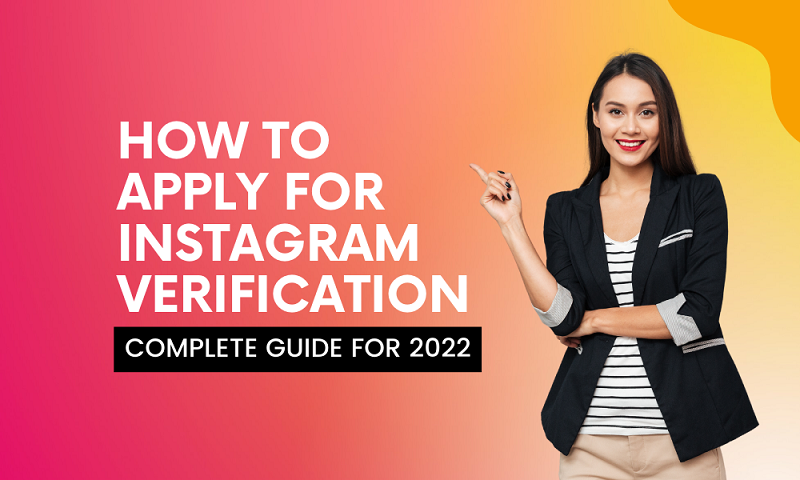Verification on Instagram has many benefits. It makes your account more appealing to the masses browsing through the myriad of users using this social network. Verified Instagram users can display their status with a blue tick, making them stand out from the crowd. And it instantly makes your business or personal pages seem more professional and trustworthy.
Here is how you can get the coveted blue badge for your personal and business profiles.
Build Up Your Account:
Build up your account and make it appealing to the public. This means putting up professional-looking posts. Adding a clear and concise bio. And, putting up a professional display photo. If you’re a business, then, you must consider adding your website link in link in the bio section. For individuals, you may want to consider this too. A simple one-page website can be built using Wix within hours, and it can instantly make your profile look more professional.
Follow Instagram Terms of Service:
The next thing that you’d want to ensure is that you adhere to Instagram’s terms of use. This means, not posting content that is offensive or hateful. Abiding by the Instagram rules of engagement – and this could mean not botting your account as well. In short, stay away from any and all third-party services that require your login details. This will ensure that your account is safe, and all the actions on your profile are your own and not done by any third party.
Apply for Instagram Verification:
There are two ways in which you can go about getting verification on Instagram. One is by self-submission within the Instagram app. And the other, more common is to apply for Instagram verification via a social media agency. Applying via the public form may seem like the obvious choice at first, but, more often than not, this does not yield results. In case you are unable to get verified via in-app submission, your best bet would be to approach a reputable social media agency.
A social media agency would have the ability to raise an internal request with their contact at Instagram for your verification. This ensures, that, unlike the self-submission, your application will get in front of a human reviewer in no time. And, as you can imagine, when you have an agent representing you to their contact at Instagram, the chances of verification automatically skyrocket.
Why Verification Matters
Anyone can build up an Instagram account. Anyone can put up quality content. But, how do you know which profile is a legitimate one, an authentic one, and a trusted one? It’s by spotting the blue verified badge. And this is why verification matters.
For businesses who want to build a serious presence in the world of social media, Instagram verification is a must. A blue badge instantly makes your profile look more professional, credible, and notable. People immediately know that you can be trusted. They are more likely to stay on your page, learn more about your service, and click through to your CTA.
The world of social and digital media is all about social proof. Nothing gives you a bigger and better first impression than having a blue tick. Anyone can buy thousands of fake followers; we all know that. You can just as easily buy likes and comments as well. But, if you’re verified, everyone knows that you are well-known and notable. A verified badge cannot be faked.
Conclusion
While getting verified on Instagram is no easy feat, it is still possible. As long as you have a solid account that looks professional and you are not breaking any Instagram ToS, you can always hire a social media agency that can apply for Instagram verification on your behalf. And yes, this is how most of the business and individual pages get verified. They have a media agency prep their account, raise an internal application, and send it to an operator at Instagram.
Think of this for a second, how do you think people got verified before Instagram started the self-serve submission? And, do you really think, in between hundreds of millions of users who apply for verification, your application will be seen by a real human? Of course, not!




